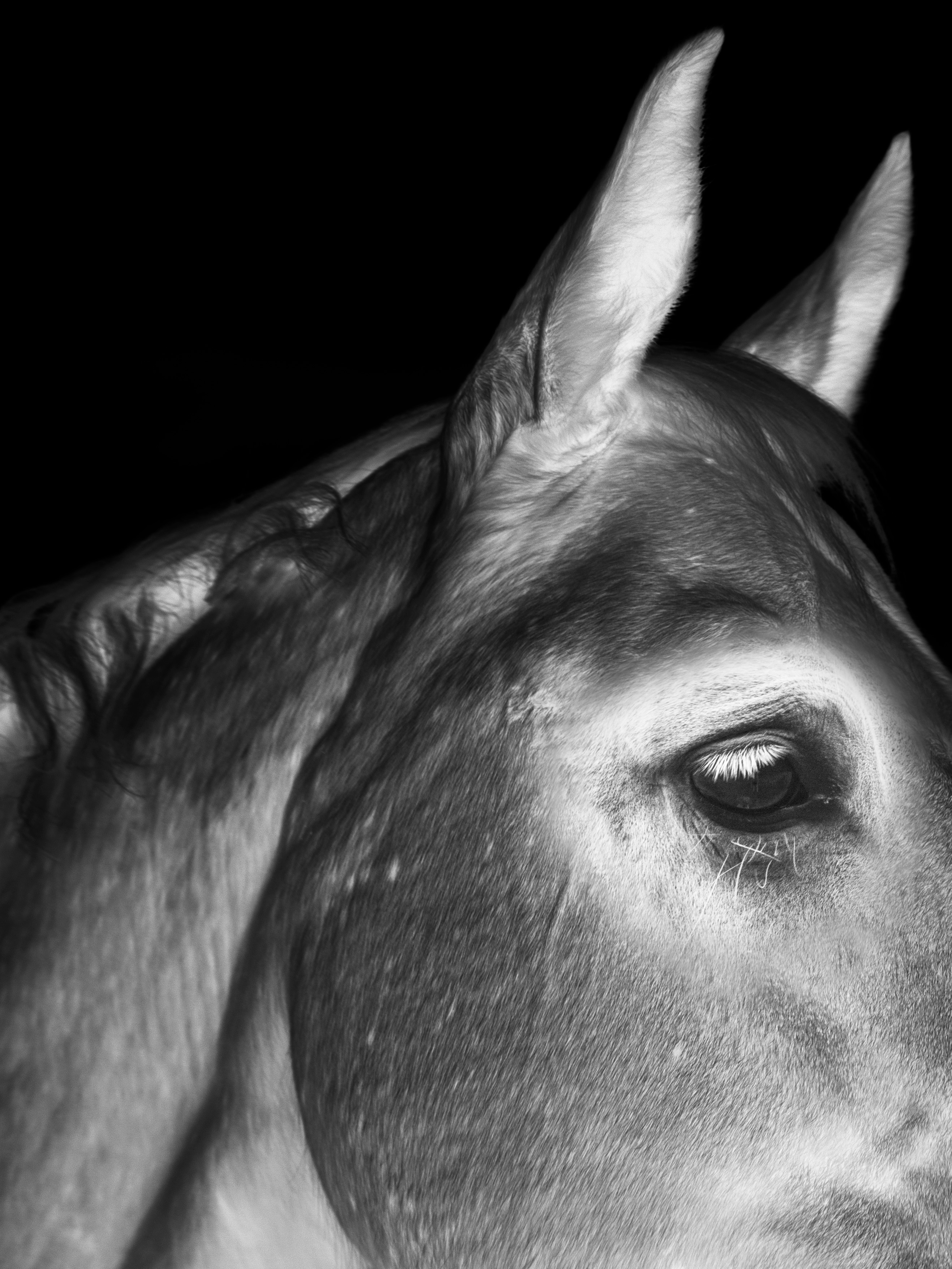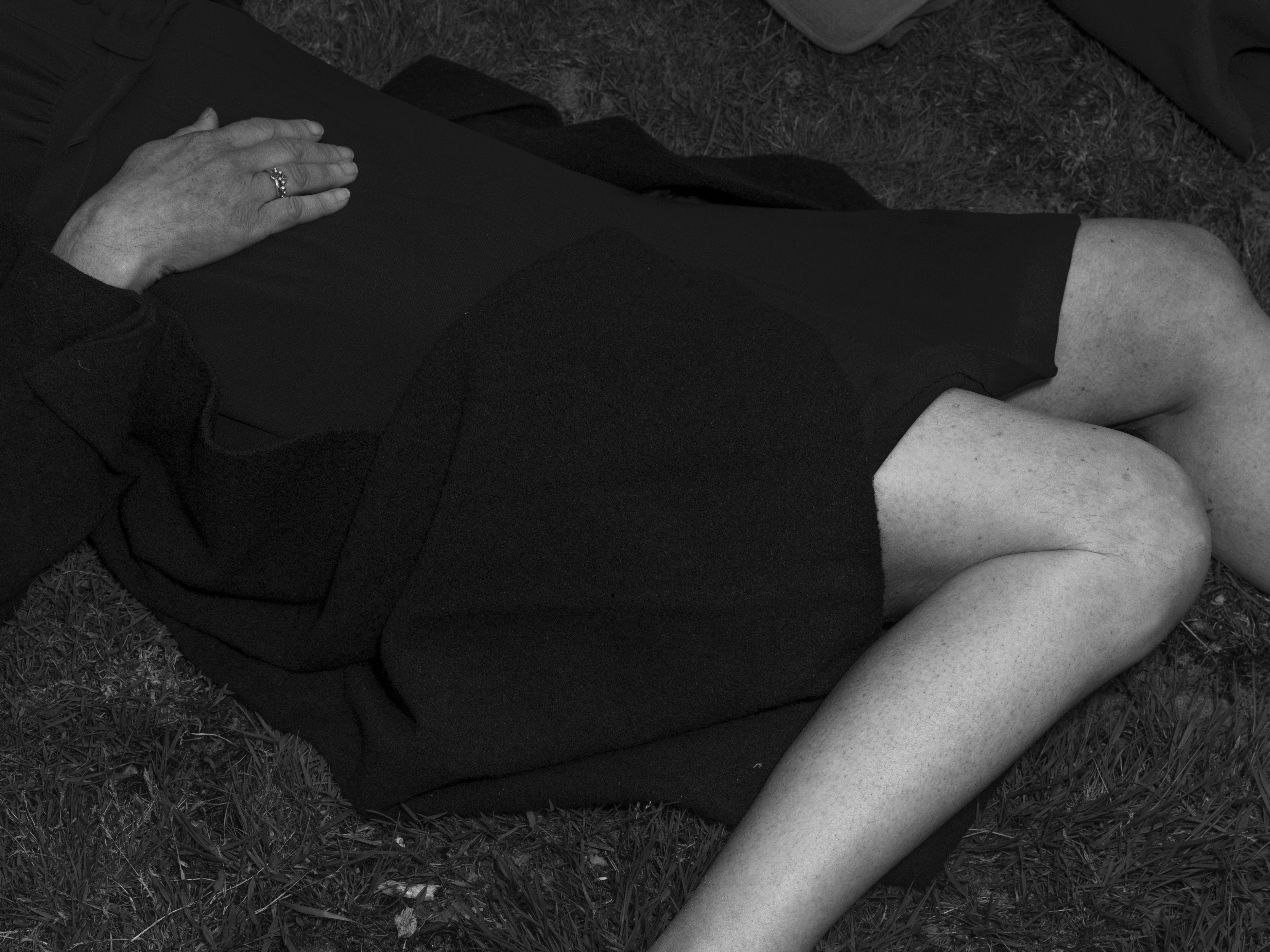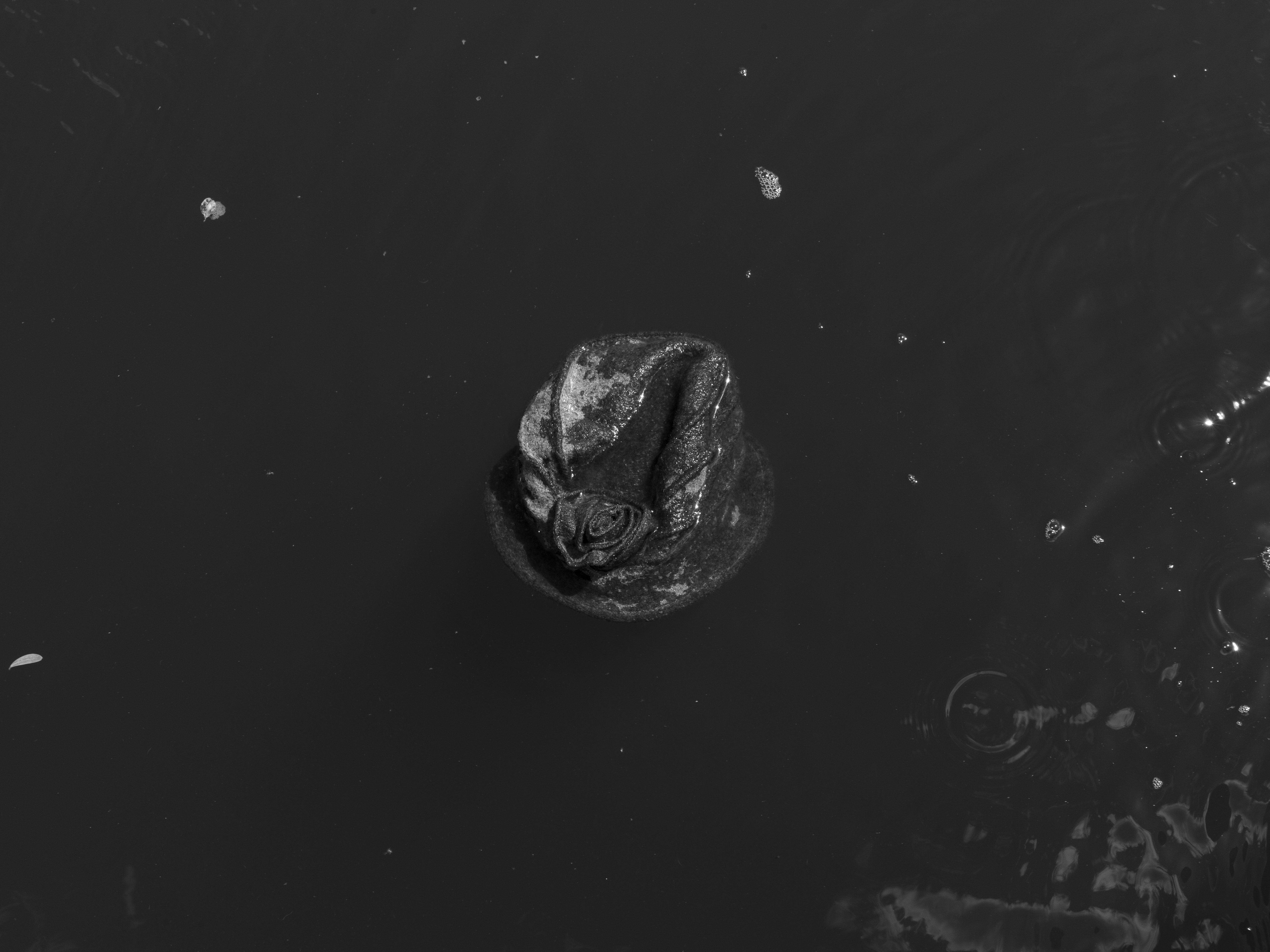DEAR MR. WELLES
























On the evening of October 30, 1938, radio listeners across the United States heard a startling report of a meteor strike in the New Jersey countryside. With sirens blaring in the background, announcers in the field described mysterious creatures, terrifying war machines, and thick clouds of poison gas moving toward New York City. As the invading force approached Manhattan, some listeners sat transfixed, while others ran to alert neighbors or to call the police. Some even fled their homes. But the hair-raising broadcast was not a real news bulletin it was Orson Welles classic the War of the Worlds.
This work is about the broadcast and its impact.
By visualizing letters sent to Orson Welles in the days after the broadcast; staging the experiences of listeners who believed an actual attack was under way, I investigated if the wave of mass hysteria as the New York Times reported was really true. The work shows that a new truth appeared and that Welle’s broadcast became a major scandal, showing the power of the radio and the country’s vulnerability in a times of crisis
The work traces the present-day popularity of “fake news” back to its source in Welles’s show.
This work is about the broadcast and its impact.
By visualizing letters sent to Orson Welles in the days after the broadcast; staging the experiences of listeners who believed an actual attack was under way, I investigated if the wave of mass hysteria as the New York Times reported was really true. The work shows that a new truth appeared and that Welle’s broadcast became a major scandal, showing the power of the radio and the country’s vulnerability in a times of crisis
The work traces the present-day popularity of “fake news” back to its source in Welles’s show.